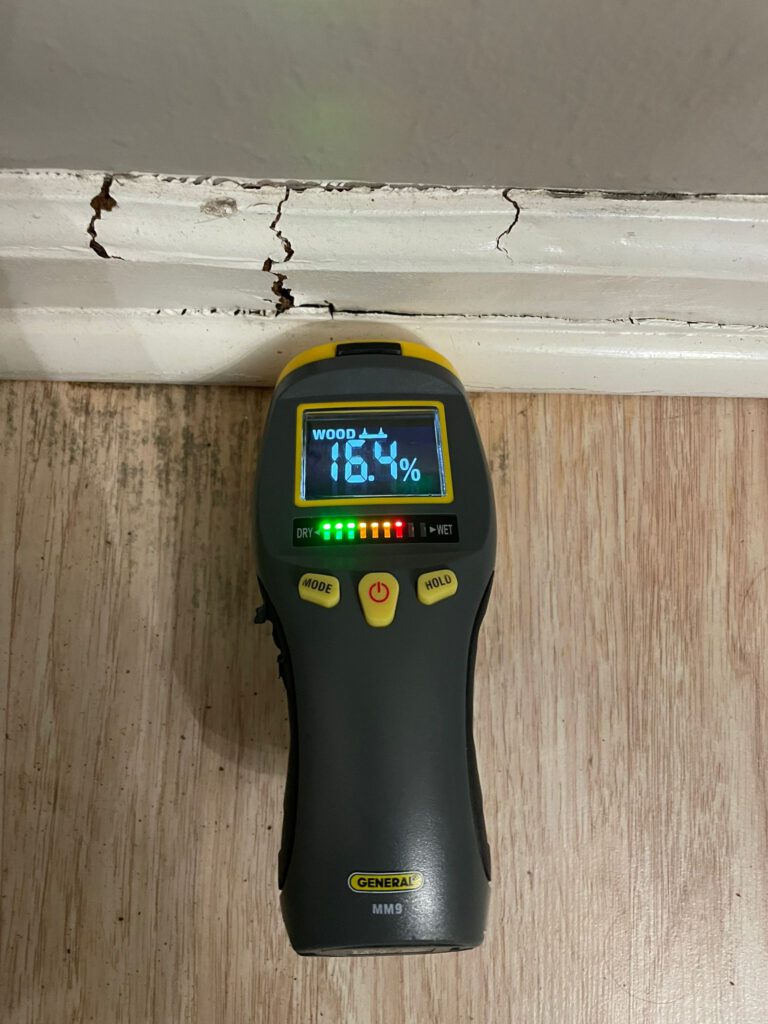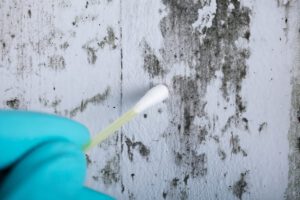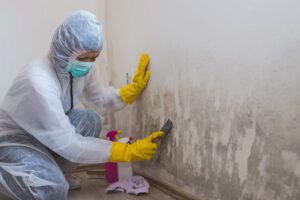Mold infestations can pose serious health risks and damage to your home. Identifying the signs of mold early on is crucial to prevent further contamination and ensure a safe living environment. In this blog post, we will explore the common signs of mold infestation that should prompt you to consider mold testing. By being aware of these indicators, you can take proactive measures to address mold issues promptly and effectively.
- Visible Mold Growth: The most obvious sign of a mold infestation is the presence of visible mold growth. Mold can appear as black, green, or white patches on walls, ceilings, floors, or other surfaces. If you notice any suspicious discoloration or fuzzy growth, it’s essential to take it seriously and consider mold testing.
- Musty Odor: Mold emits a distinct musty odor that is often described as earthy or damp. If you detect a persistent musty smell in your home, especially in specific areas like basements, bathrooms, or poorly ventilated spaces, it could indicate hidden mold growth. Testing is recommended to locate the source of the odor and assess the extent of mold contamination.
- Water Damage History: If your property has experienced any water damage, such as leaks, floods, or plumbing issues, there is a high likelihood of mold growth. Mold thrives in moist environments, and even small water incidents can lead to hidden mold behind walls, under flooring, or in ceiling cavities. Testing is crucial to detect any hidden mold that may be present.
- Allergic Reactions: Unexplained allergic symptoms, such as sneezing, coughing, itchy eyes, or respiratory issues, could be indicators of mold infestation. Mold spores can trigger allergic reactions in sensitive individuals. If you experience these symptoms consistently while at home and they improve when you’re away, it’s worth considering mold testing to determine if mold is the underlying cause.
- Peeling or Discolored Wallpaper or Paint: Mold growth behind wallpaper or paint can cause it to peel, bubble, or discolor. If you notice these signs on your walls, it may indicate moisture problems and potential mold infestation. Testing can help identify the presence of mold and guide appropriate remediation measures.
- Warped or Damaged Materials: Mold thrives on organic materials such as wood, drywall, or fabric. If you observe any warped or damaged materials, such as buckling floors, warped baseboards, or deteriorating furniture, it could be a sign of mold growth. Testing can confirm the presence of mold and help determine the extent of damage.
- Recurring Respiratory Issues: If you or your family members experience recurring respiratory issues, such as asthma attacks or respiratory infections, it’s essential to consider mold as a possible cause. Mold spores can worsen respiratory conditions and compromise air quality. Testing can identify if mold is present and contributing to the health issues.
Conclusion: Being vigilant about the signs of mold infestation is key to maintaining a healthy living environment. If you notice visible mold growth, detect a musty odor, have a history of water damage, experience allergic reactions, encounter peeling or discolored wallpaper, or observe warped or damaged materials, it’s crucial to consider mold testing. Prompt testing and subsequent remediation measures can help prevent further damage to your home and protect the health of you and your loved ones.




